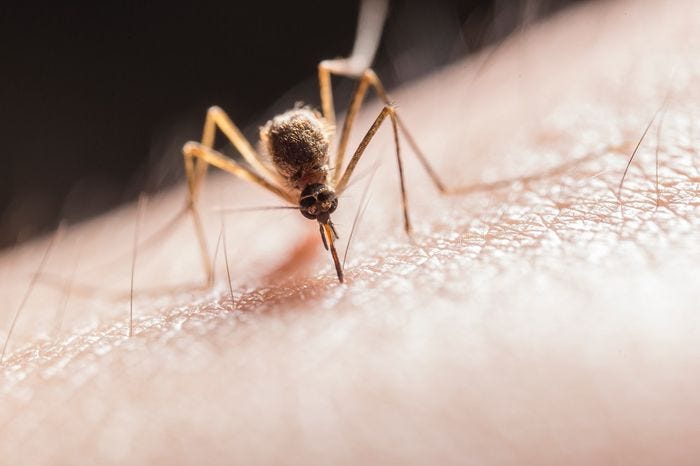Painless Microneedle Patch Offers Quick Malaria Diagnosis
Written on
Chapter 1: Introduction to the Microneedle Patch
Imagine a small adhesive patch resembling a Band-Aid, designed to be applied directly to the skin. This innovative, cost-effective diagnostic tool holds the potential to save lives in areas where malaria remains a leading cause of death. Researchers recently detailed this breakthrough in a study published in Nature’s Microsystems & Nanoengineering.
Section 1.1: Understanding Malaria
Malaria is a severe disease transmitted by mosquitoes, affecting over 90 countries worldwide, particularly in sub-Saharan Africa. In 2018 alone, approximately 228 million individuals were infected with this dangerous disease, which is caused by Plasmodium parasites transferred to humans through female Anopheles mosquitoes. Although malaria is both preventable and treatable, the challenge lies in deploying affordable point-of-care diagnostic technologies that can significantly reduce mortality rates.
Subsection 1.1.1: The Mechanism of the Patch

The microneedle patch, developed by researchers at Rice University, identifies malaria by analyzing interstitial fluid— the thin layer of fluid surrounding the body's cells. A series of tiny, hollow needles gently penetrate the skin, collecting this fluid onto a test strip. Antibodies on the strip then identify specific protein biomarkers associated with malaria, producing a visible color change to indicate whether the result is positive or negative. When produced in bulk, the estimated cost for each device is around $1.
Section 1.2: User Experience
According to Peter Lillehoj, one of the patch's inventors, the application process is painless. “Xue and I have tested the patch on ourselves, and it’s much less painful than a finger prick or blood draw,” Lillehoj noted. “It feels more like applying and then removing tape from your skin—less discomfort than getting a splinter.”
Chapter 2: Broader Implications of the Technology
Lillehoj also highlighted the broader potential of this technology beyond malaria diagnostics. “While our current focus is on malaria detection—due to funding from the Bill and Melinda Gates Foundation, which prioritizes this issue—we can adapt this technology for other diseases where biomarkers are present in interstitial fluid,” he explained.
Sources: Rice University, Microsystems & Nanoengineering.